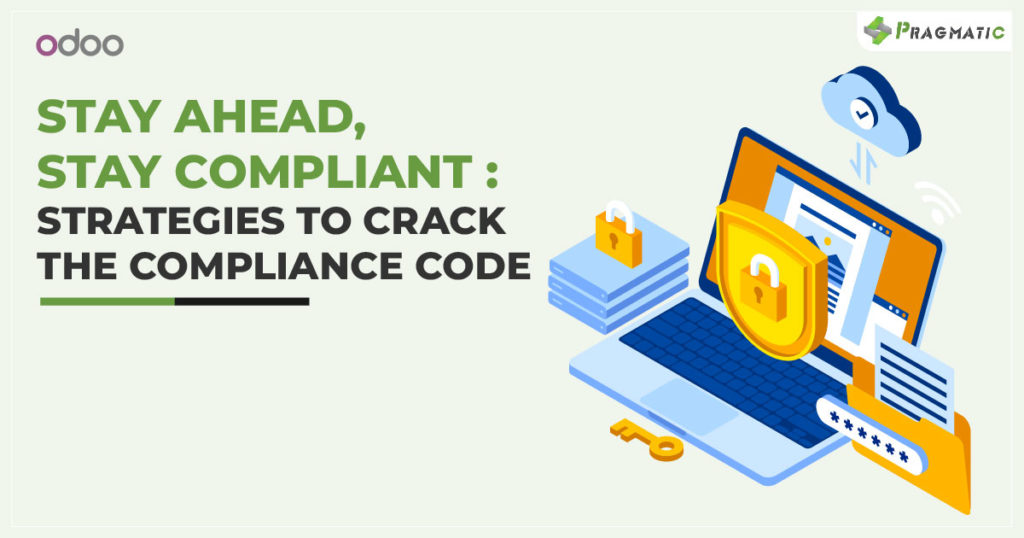

Compliance requirements can be overwhelming, especially for SMBs with limited resources. However, with a clear understanding of the compliance landscape and a proactive approach, SMBs can navigate these challenges successfully.
Let’s explore the 4 key strategies to help SMBs crack the compliance code and establish a culture of compliance within their organizations.
1. Stay Informed and Plan Ahead :
To stay ahead of regulations, SMBs must invest time in researching and understanding the compliance requirements specific to their industry.
Regularly monitoring regulatory updates and engaging with industry-specific resources can provide valuable insights. By developing a compliance roadmap and integrating it into their business strategy, SMBs can proactively address compliance requirements and allocate resources accordingly.

2. Implement Robust Data Privacy and Security Measures :
Data privacy and security regulations, such as GDPR and HIPAA, place significant importance on protecting customer and employee data. SMBs should adopt a comprehensive approach to data privacy, including encryption, access controls, employee training and incident response plans.
By ensuring compliance with data protection laws, SMBs can safeguard sensitive information and build trust with their stakeholders.

3. Establish Internal Controls and Processes :
Implementing robust internal controls and processes is crucial for compliance. SMBs should develop clear policies and procedures that outline compliance expectations, define roles and responsibilities and facilitate effective monitoring and reporting.
Regular audits and internal reviews can help identify areas for improvement and ensure ongoing compliance.

4. Leverage Technology Solutions :
Technology can play a pivotal role in simplifying compliance for SMBs. Implementing compliance management software, like Odoo, can streamline compliance processes, automate documentation and provide real-time visibility into compliance status.

An intuitive interface and customizable modules enable SMBs to centralize compliance efforts, enhancing efficiency and reducing the risk of non-compliance.
Compliance with Regulations is a complex undertaking for any business, and SMBs often encounter unique hurdles due to their size and limited resources. It is crucial for SMBs to proactively address compliance to avoid potential penalties, reputational damage and operational disruptions.
Remember, Compliance is not a one-time task but an ongoing commitment that requires continuous monitoring, adaptation and improvement.
To stay updated on insightful content and strategies for cracking the compliance code, make sure to follow Pragmatic Techsoft – Your trusted source for compelling insights, actionable tips and industry best practices.
Embark on a Compliance journey that propels your SMB towards Success and Conquer Compliance hurdles effortlessly.
Leave a Reply
You must be logged in to post a comment.